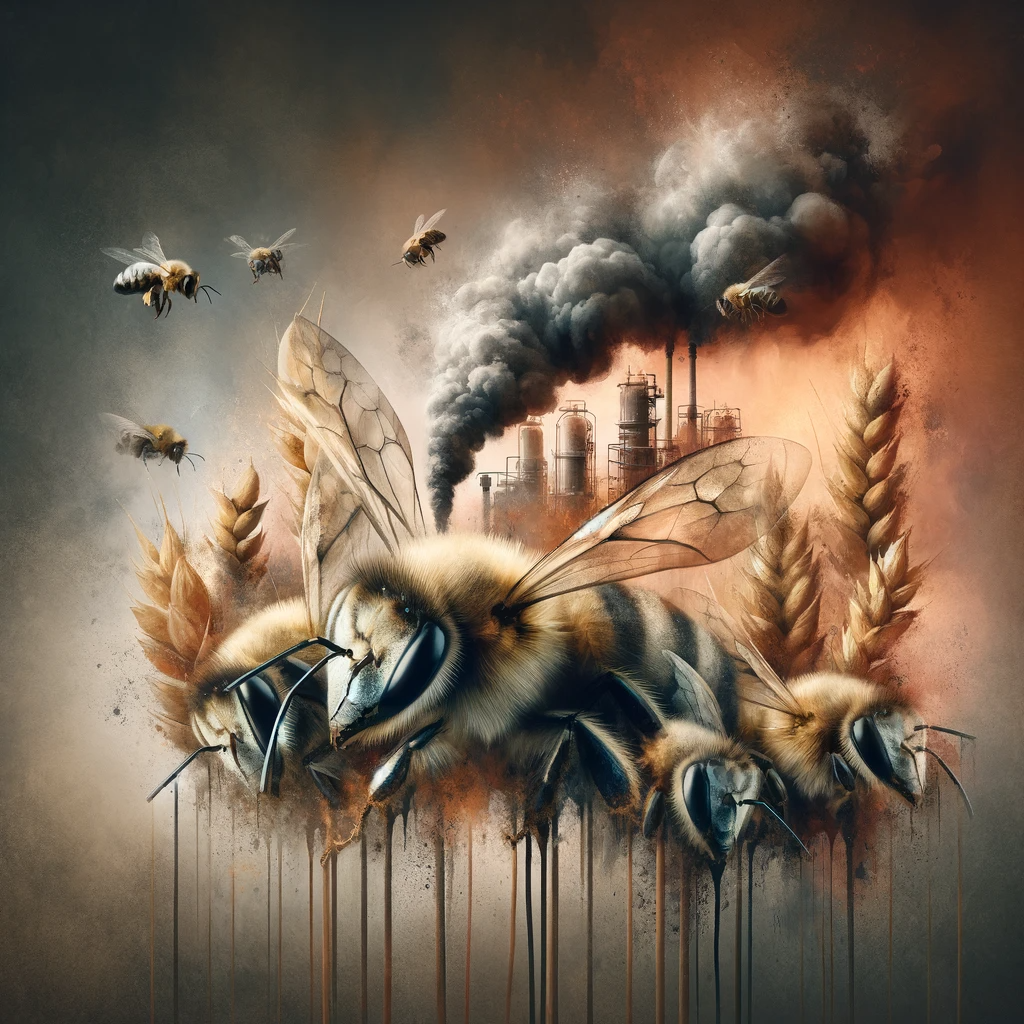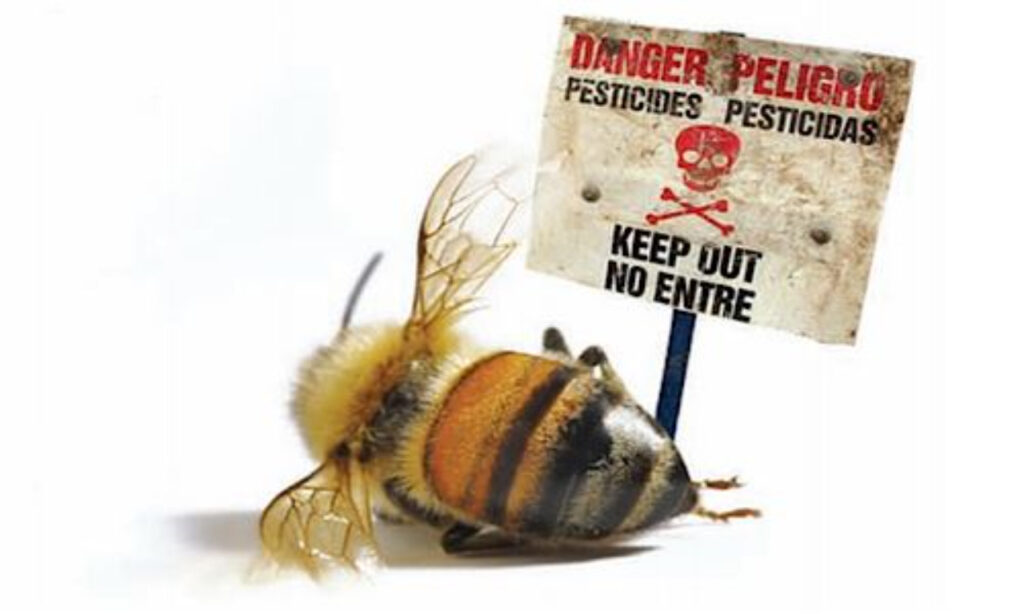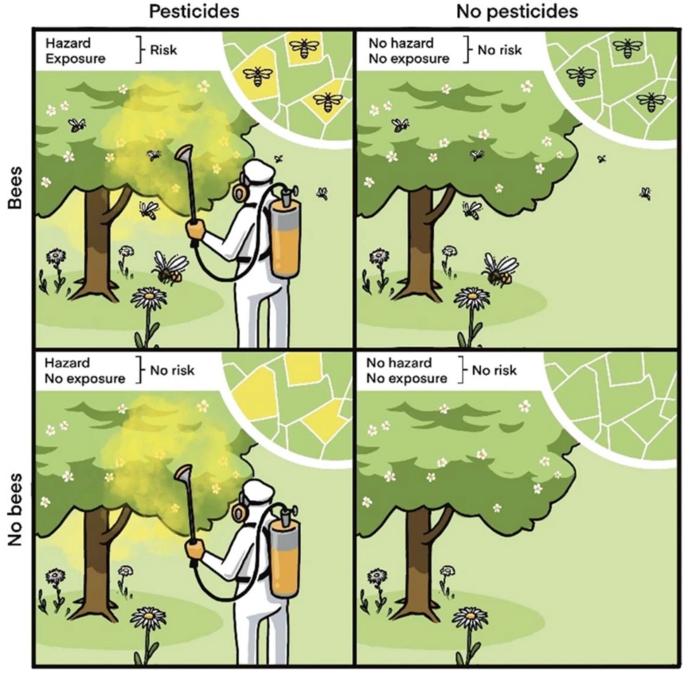From Pensoft Publishers 12/12/23

“When you step outside the laboratory, a challenge of ecotoxicology is to capture effect of real-world practices at organism-relevant scales.” said Dr. Charlie Nicholson, co-lead author and postdoc at Lund University.
“With the largest experimental field deployment of any pollinator, we see that bumblebees encounter multiple pesticides in agricultural landscapes, resulting in fewer offspring.”
“On top of this, pesticides do more harm in landscapes with less habitat.”
The findings published in the journal Nature show that despite claims of the world’s most rigorous risk assessment process, the use of approved pesticides in European agricultural landscapes still negatively affects non-target organisms – significantly reducing the colony performance of bumblebees, a key wild and commercial pollinator.

Dr. Jessica Knapp, co-lead author, now at Trinity College Dublin, said: “The data also show us how bumblebees perform when we use less pesticides.”
“These “healthier” colonies that experience less pesticide risk help us generate a baseline to show that 60% of our bumblebee colonies would fail proposed pollinator protection goals.”
This study forms a key output of PoshBee – a pan-European project seeking to monitor and improve bee health.
“The scale of this work provides a step-change in our understanding of the impact of agrochemicals on pollinator health.”
“It was possible through EU funding that supported the project involving 13 countries.”
“Bumblebees, and other animals, do not recognise international borders, and to protect them, we need to take a similarly international approach.” – PoshBee coordinator Prof. Mark Brown, Royal Holloway University of London.
Prof. Jane Stout at Trinity College Dublin and fieldwork coordinator, added, “This work was possible because of the collaboration and dedication of the transdisciplinary field teams in each country and the partnership with the labs that conducted the common analyses.”
“Researchers, beekeepers, and farmers worked together to implement common protocols to collect these unique data.”

Colony performance was related to pesticide risk in pollen – a metric enabled by the pesticide analysis coordination of Dr. Marie-Pierre Chauzat at ANSES.
“The analyses benefited from the coordinated work of five labs for pesticide screening and pollen identification – data that will be publicly available.”
“Coordination was the keyword for generating this dataset.”
The study findings support the need for sustainability goals to reduce pesticide use and risk – critical challenges highlighted at the Convention on Biological Diversity’s COP 15 meeting and in the European Green Deal – with potential benefits to bees and their pollination services.
Dr. Maj Rundlöf, senior author and researcher at Lund University, concluded: “Our work supports the development of landscape-level environmental risk assessment and post-approval monitoring of bees’ pesticide exposure and effects.”
“However, there is also a need to better understand how the wider pollinator community is exposed to and potentially impacted by pesticide use.”



